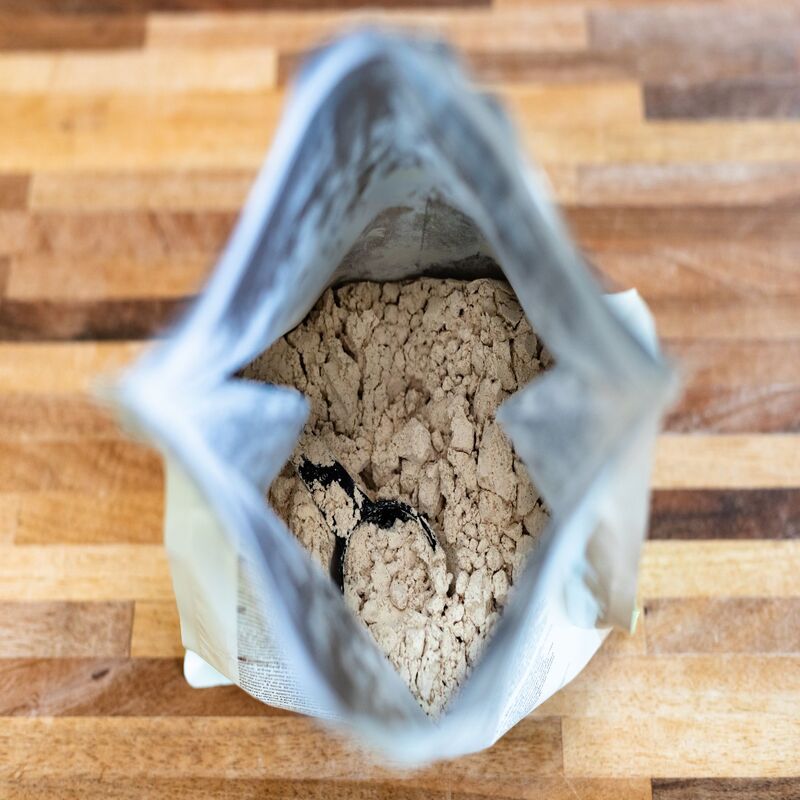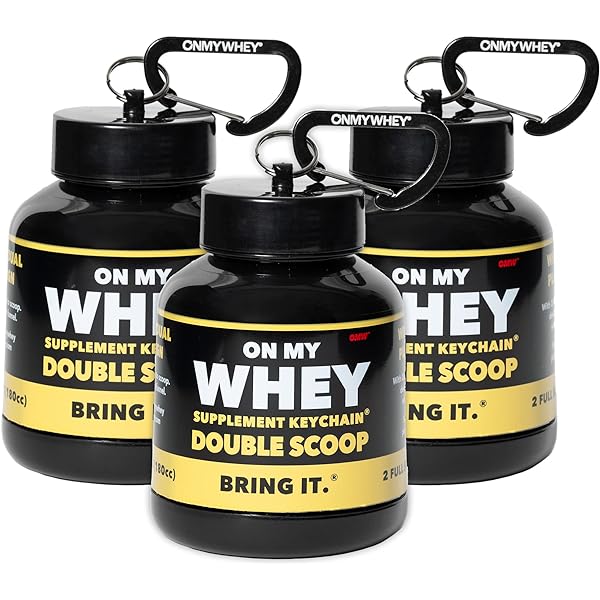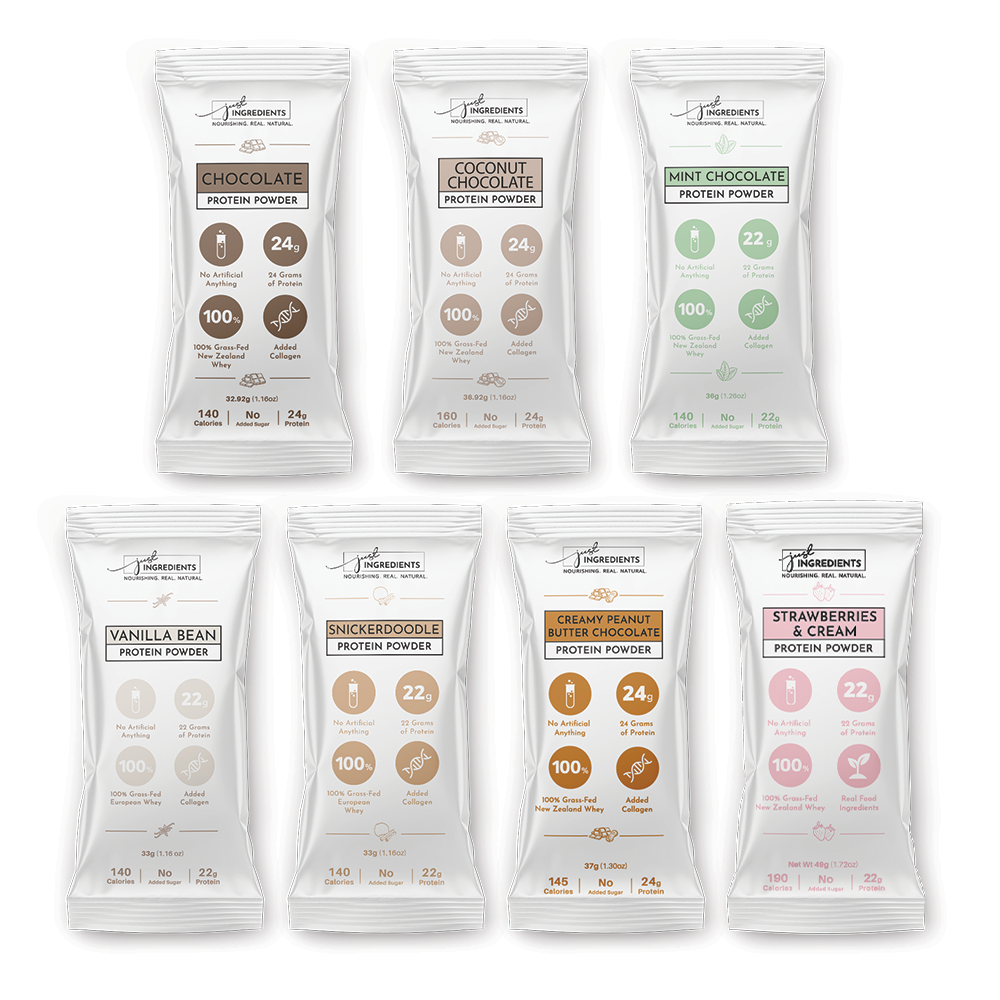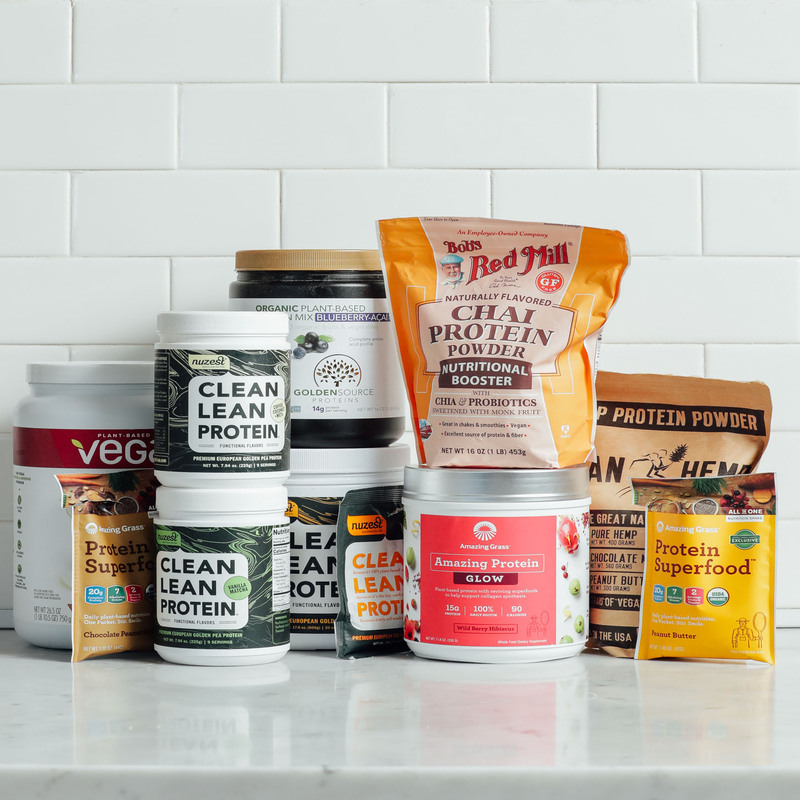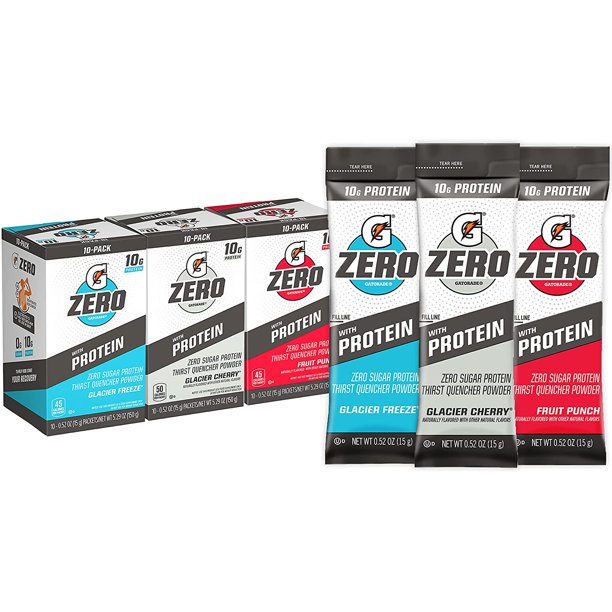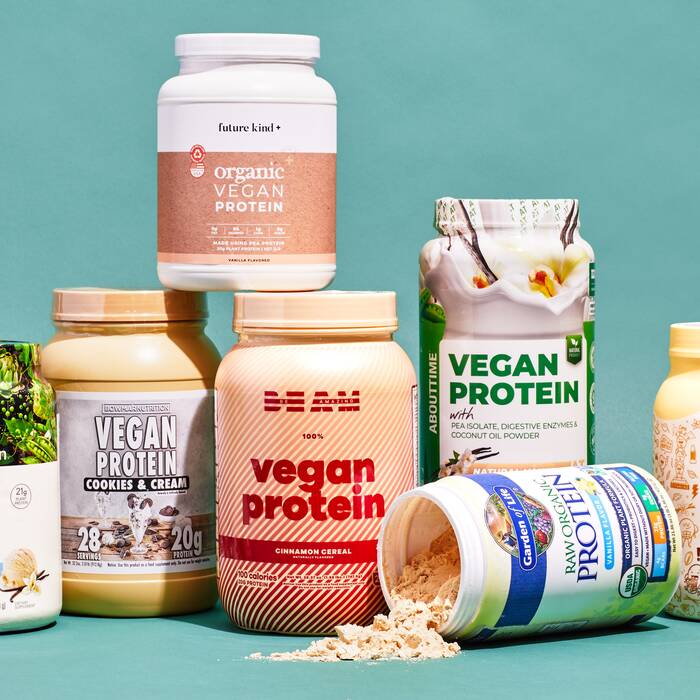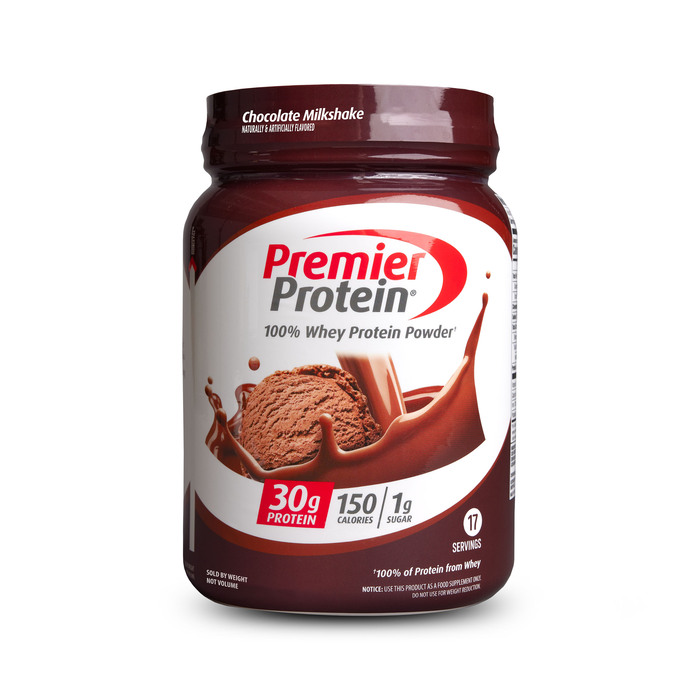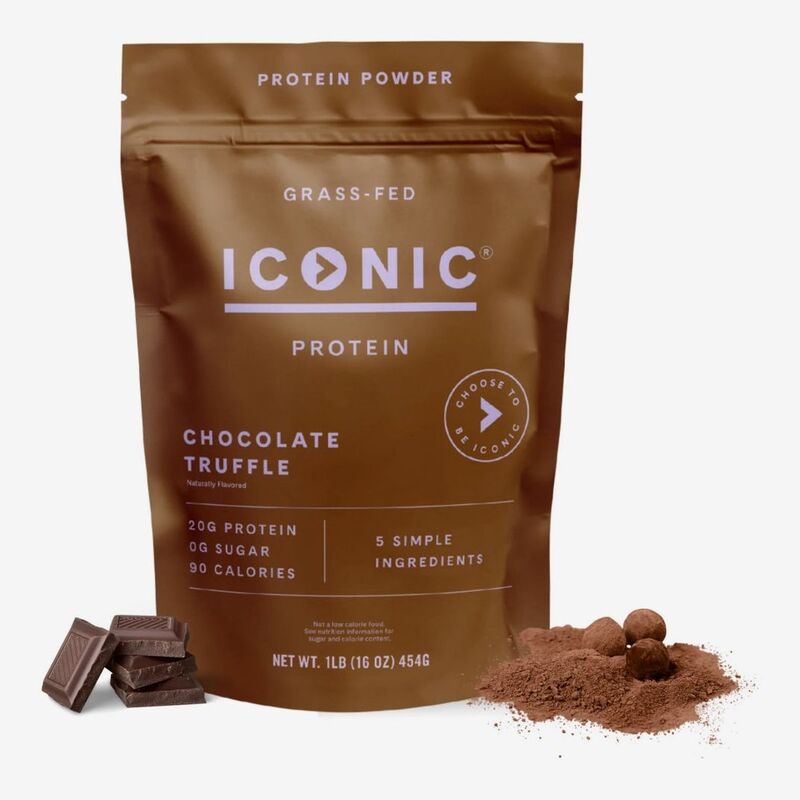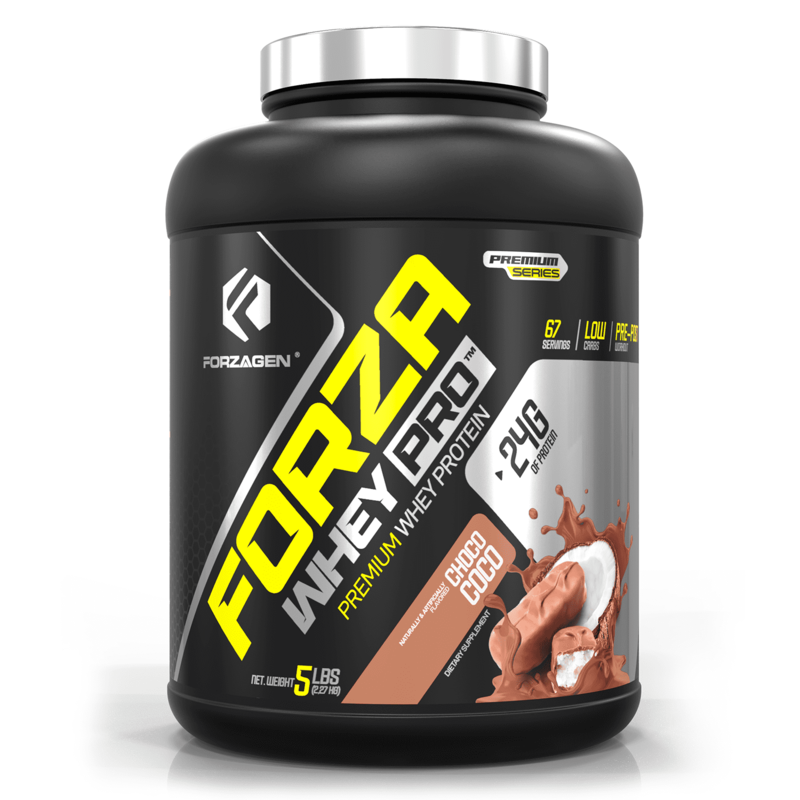Protein powder is a staple for many fitness enthusiasts. It serves as a convenient way to increase protein intake. However, like all food products, it has an expiration date. Understanding when does protein powder expire and how to store it properly is crucial for maximizing its benefits. This article will explore the factors that influence protein powder expire, its shelf life, storage tips, and signs of spoilage.
The Shelf Life of Protein Powder
When discussing protein powder expire, it’s essential to consider its shelf life. Different types of protein powder have varying durations before they lose potency. Generally, most protein powders have a shelf life of about two years. However, this can vary depending on the specific formulation. For instance, whey protein typically has a longer shelf life than plant-based options. Manufacturers usually print a “best by” date on the packaging, indicating when the product retains optimal quality.
The Role of Ingredients in Shelf Life
The type of ingredients used in protein powder significantly impacts its shelf life. For example, whey protein often contains preservatives that help extend its freshness. In contrast, plant-based protein powders might include fewer preservatives, thus having a shorter shelf life. Furthermore, protein powders that contain added nutrients or flavors may also have different expiration timelines. The type of protein base can guide consumers in choosing the right product based on their consumption habits.
The Importance of Packaging
Packaging plays a crucial role in determining how long protein powder lasts. Airtight containers help preserve freshness effectively. Additionally, packaging that shields the powder from light and moisture can significantly extend its life. Consumers should choose protein powder products that prioritize high-quality packaging. By paying attention to packaging details, you can make more informed purchasing decisions. Always remember that improper storage may lead to premature spoilage.
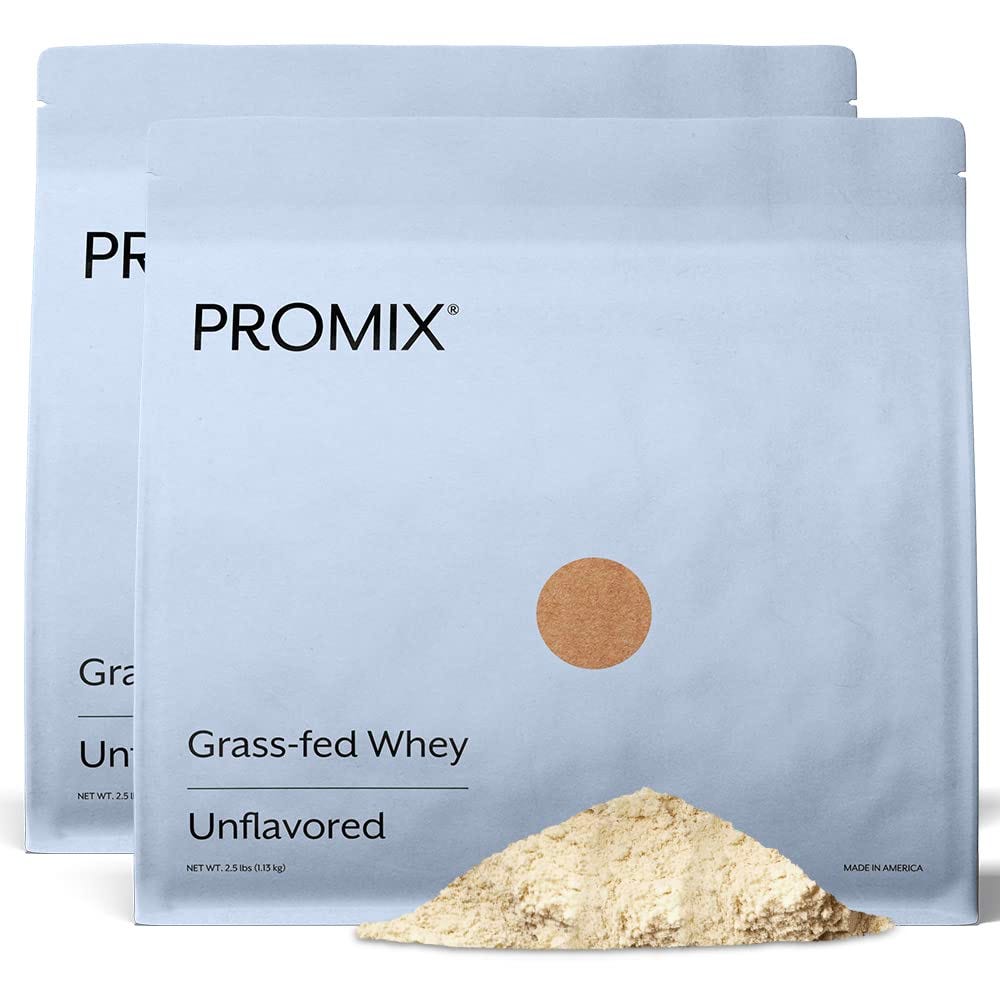
Recognizing Expiration Dates
Understanding Expiration Dates
Most protein powders have a “best by” date printed on their packaging. This date indicates when the product will maintain its best flavor and potency. However, it is not necessarily a definitive expiration date. Protein powder may still be safe to consume beyond this date, depending on various factors.
It is essential to distinguish between “best by,” “sell by,” and “use by” dates. “Best by” dates suggest peak quality, while “sell by” dates help store inventory. Meanwhile, “use by” dates indicate safety. It’s crucial to recognize these terms for responsible consumption. Consumers should assess the protein powder based on these indicators rather than fixating solely on printed dates.
Signs of Spoilage
Beyond checking expiration dates, consumers must know signs of spoilage. Protein powder can develop an off-smell or unusual texture when it goes bad. A change in color or clumping may suggest moisture exposure, which indicates spoilage. Additionally, a rancid smell often signifies that oils or fats within the powder have gone bad.
Taste testing can also serve as a method for discerning freshness. If the flavor seems off or unpleasant, it’s wise to discard the protein powder. Always trust your senses when it comes to food safety. If anything seems amiss, it’s better to err on the side of caution. Consequently, monitoring protein powder for these indicators ensures safe consumption.
Proper Storage Techniques
Proper storage is vital for maintaining your protein powder’s quality. By following best practices, you can significantly extend its shelf life. Ideally, protein powder should be kept in a cool, dry place, away from direct sunlight. Heat and humidity can accelerate spoilage, so consider your environment when selecting a storage area. Kitchen cabinets or pantries are typically good options, but avoid places like attics or basements, where temperature fluctuations may occur.
Sealing Techniques
After opening a protein powder container, sealing the product tightly is essential. The jar should be closed securely to prevent air and moisture from entering. Investing in additional sealing mechanisms, like vacuum sealers, can offer extra protection against spoilage. If you prefer to transfer the powder to another container, ensure that it is also airtight. The goal is to minimize exposure to environmental factors that contribute to spoilage.
The Role of Expiration Dates
Always pay attention to expiration dates printed on the packaging. While protein powder may still be usable after the “best by” date, it could lose potency. The expiration date serves as a general guideline for consumers. When in doubt, consult the manufacturer’s website for more specific information regarding product longevity. Being informed allows you to make better choices about your health.

Signs of Spoiled Protein Powder
Knowing how to identify spoiled protein powder is vital for ensuring your safety. Consuming expired or spoiled protein can lead to digestive issues or adverse reactions. Fortunately, several signs can alert you before you ingest anything harmful. Noticing changes in texture, color, or smell can be your first line of defense. If the powder has clumped together or become discolored, these may indicate spoilage.
Changes in Texture
A significant change in texture often signals that protein powder has gone bad. For instance, if the powder becomes clumpy, it may have absorbed moisture. Clumping can also lead to uneven mixing when preparing shakes. In such cases, it’s generally best to discard the product. Consuming clumpy powder may impact taste and performance. Therefore, examining texture is crucial before use.
Altered Smell
Another important indicator of spoilage is the powder’s smell. If the protein powder emits an off or sour odor, it may have gone bad. Fresh protein powder typically has a neutral or pleasant scent. When you detect an unpleasant odor, it’s wise to err on the side of caution. Discarding powder that smells bad is preferable; safety should always be your primary concern.
Nutritional Impact of Expired Protein Powder
While protein powder can maintain some effectiveness after its expiration date, it may not provide the intended nutritional benefits. The primary concern is the degradation of amino acids over time. Essential amino acids play a crucial role in muscle recovery and growth. If the amino acid profile deteriorates, so does the powder’s overall efficacy.
Amino Acid Degradation
Over time, the amino acids in protein powder may break down or lose their potency. This degradation can significantly affect performance and recovery. As a result, relying on expired protein powder may not yield the desired results. If you are serious about your fitness goals, consider replacing expired products to maintain optimal nutritional intake.
Comparing Fresh vs. Expired Protein Powder
You may observe a difference in effectiveness between fresh and expired protein powder. Fresh powder usually results in improved recovery times and muscle growth. Conversely, using expired protein might lead to subpar results. Therefore, choose to prioritize freshness over saving a few dollars. Investing in high-quality, up-to-date protein powder is crucial for your performance and recovery.
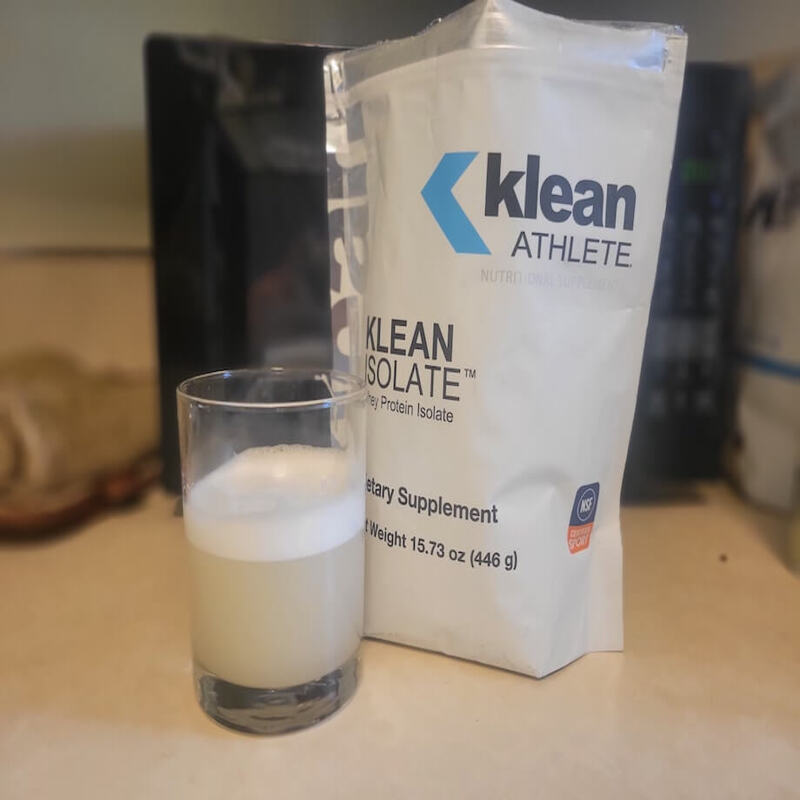
Conclusion: Making Informed Choices
Understanding protein powder expire can lead to better health choices. Awareness of shelf life, proper storage, and signs of spoilage can significantly impact your experience. By paying attention to the type of protein, storage methods, and expiration dates, you can maximize the benefits of protein powder. Ensure you’re also attentive to possible changes in smell, texture, and taste.
Be Proactive About Your Health
In conclusion, the best approach is to be proactive about your health. Keep an eye on expiration dates, and store your protein powder correctly. Always prioritize your well-being by consuming quality products. Investing in your health is a choice that pays off in the long run. By following these guidelines, you can enjoy protein powder safely and effectively. Your fitness journey deserves nourishment that supports your goals.
